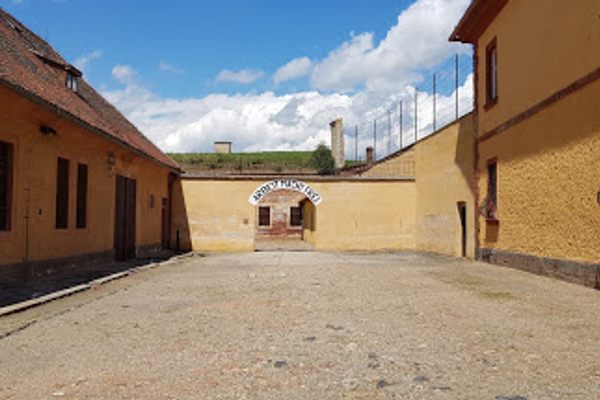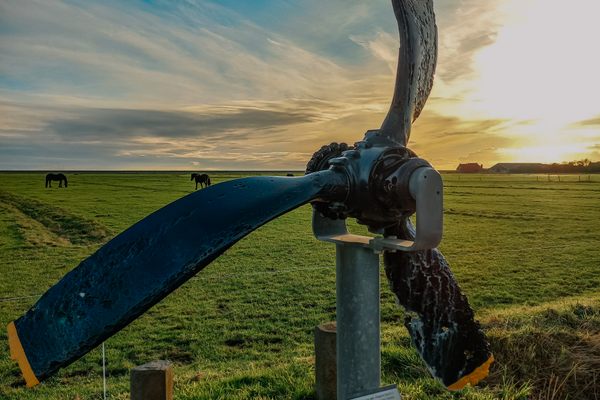The Chattri
This memorial to the thousands of Indian dead during WWI was callously used for target practice during WWII.
During World War I, India was part of the British Empire, and more than 800,000 Indian soldiers fought for the Allies. Throughout the war, thousands of wounded soldiers were brought to Britain to be treated in makeshift military hospitals, but those that still perished are remembered at the Chattri memorial.
Three hospitals were established in the English city of Brighton, the most famous of which was located in the city’s famous Royal Pavilion palace. King George V is said to have decreed that Indian soldiers were to be treated at the Pavilion, believing that the flamboyant Asian-influenced palace would provide familiar surroundings. In December 1914, 345 injured soldiers were transported to Brighton by train and were transferred to the hospitals. The King and Queen, Mayor of Brighton, Chief Constable of Police, and other dignitaries visited frequently and careful arrangements were made at the Royal Pavilion to provide for the different dietary and other cultural requirements.
Although a majority of the soldiers recovered, some inevitably died of their injuries. The bodies of 53 Hindus and Sikhs were cremated on a ghat (funeral pyre) on the South Downs, and their ashes scattered in the Channel.
In August 1915, soon after the last cremations at the ghat site, a lieutenant in the Indian Medical Service and the Mayor of Brighton, Sir John Otter, proposed the Chattri memorial. “Chattri” means umbrella in Hindi, Punjabi, and Urdu, and the site was so named to reflect the monument’s design and the protection it offers to the memory of the dead. After delays caused by diverted resources for the war effort and from obtaining the Sicilian marble used to build the monument, building work eventually began in 1920.
The Chattri was completed a year later and included the construction of a nearby cottage for a caretaker. However, by the 1930’s, the memorial had fallen into disrepair. The caretaker had died, nobody had replaced him, and the cottage had been demolished. Plans were made to resurrect the site but alas, World War II intervened. The area around the Chattri was requisitioned by the Army and unbelievably, the Chattri was used for target practice by troops (bullet hole repairs can still be seen today). After the war, the War Office agreed to pay for repairs, and The Chattri was restored to its original condition and is now a Grade-II Listed monument.
A service is held on the second Sunday of June at 2:30pm every year.
Know Before You Go
Where the A27 meets the A23, there is a roundabout. Come off the roundabout and start heading down Standean Lane. Immediately, there is a bridle way to your left. Follow the path for ~2 miles.
The Atlas Obscura Podcast is Back!






















Follow us on Twitter to get the latest on the world's hidden wonders.
Like us on Facebook to get the latest on the world's hidden wonders.
Follow us on Twitter Like us on Facebook